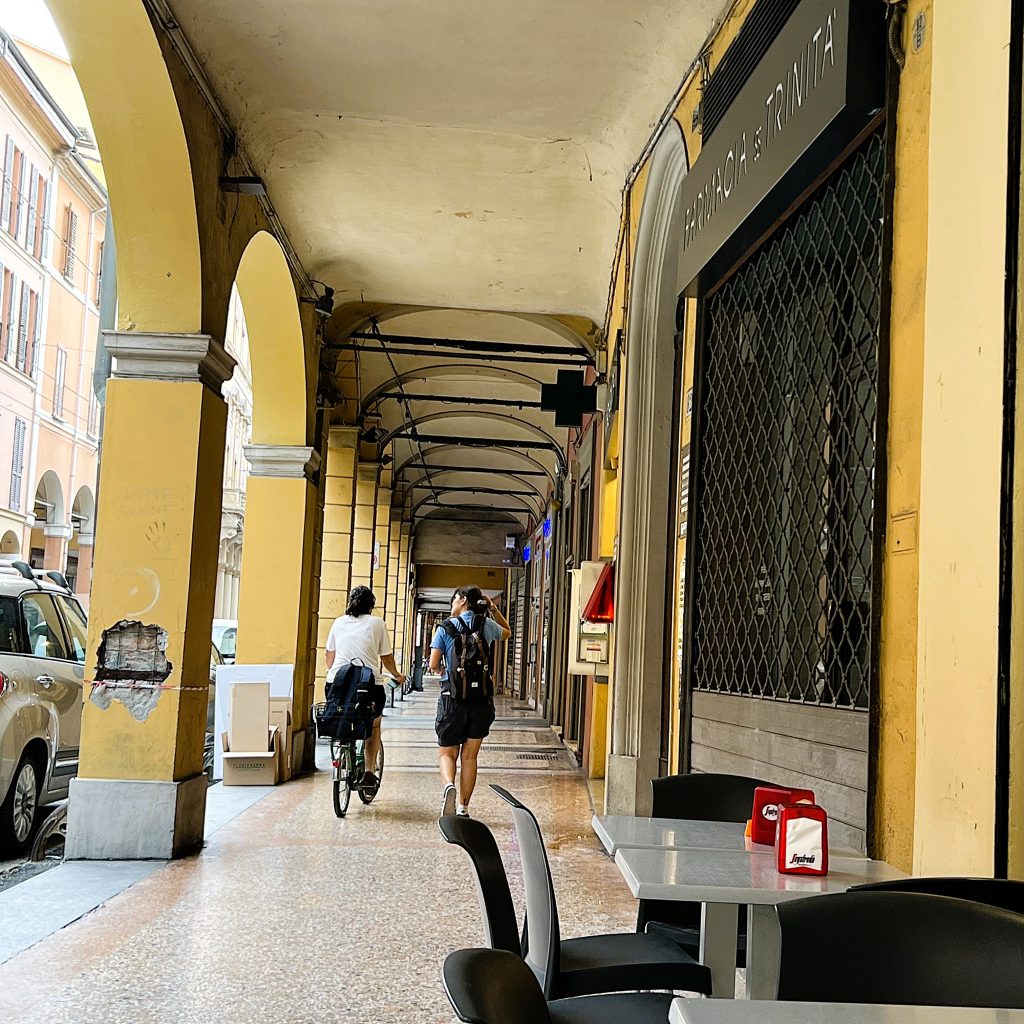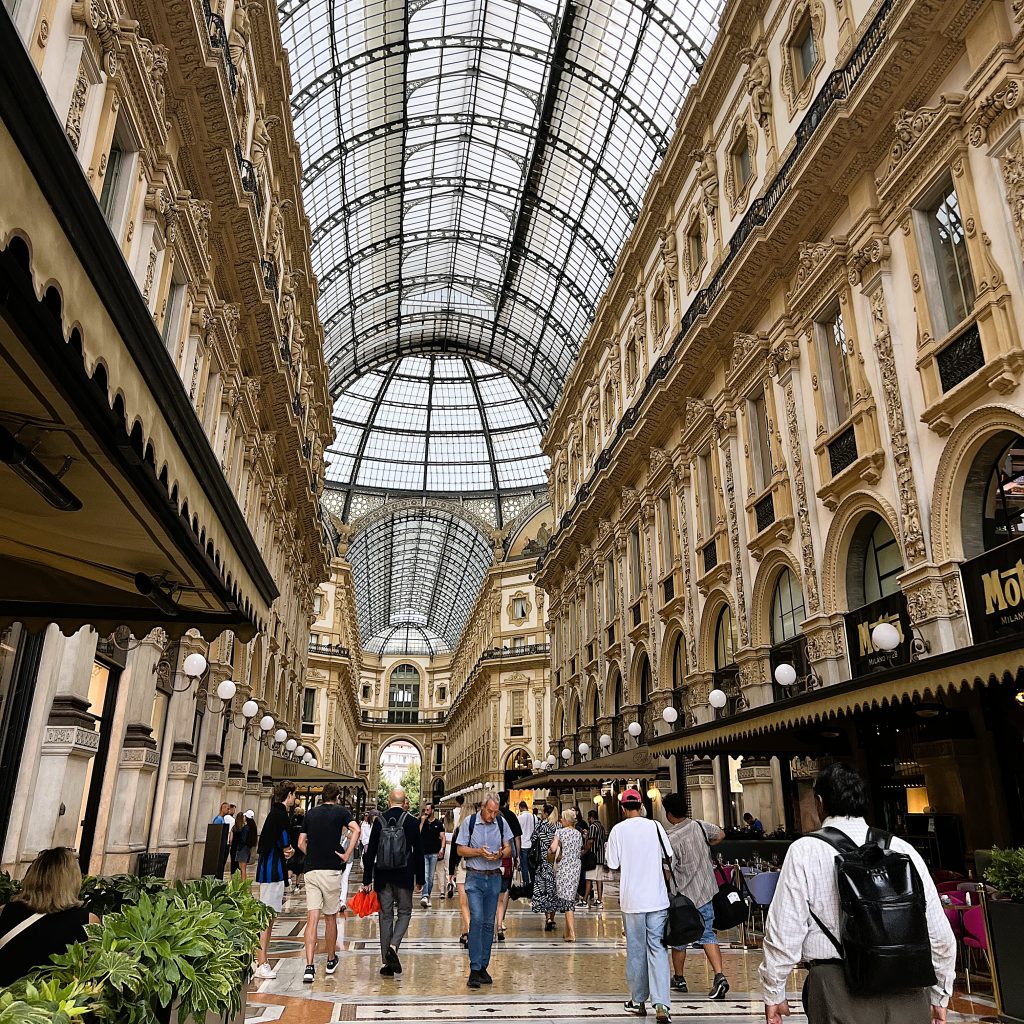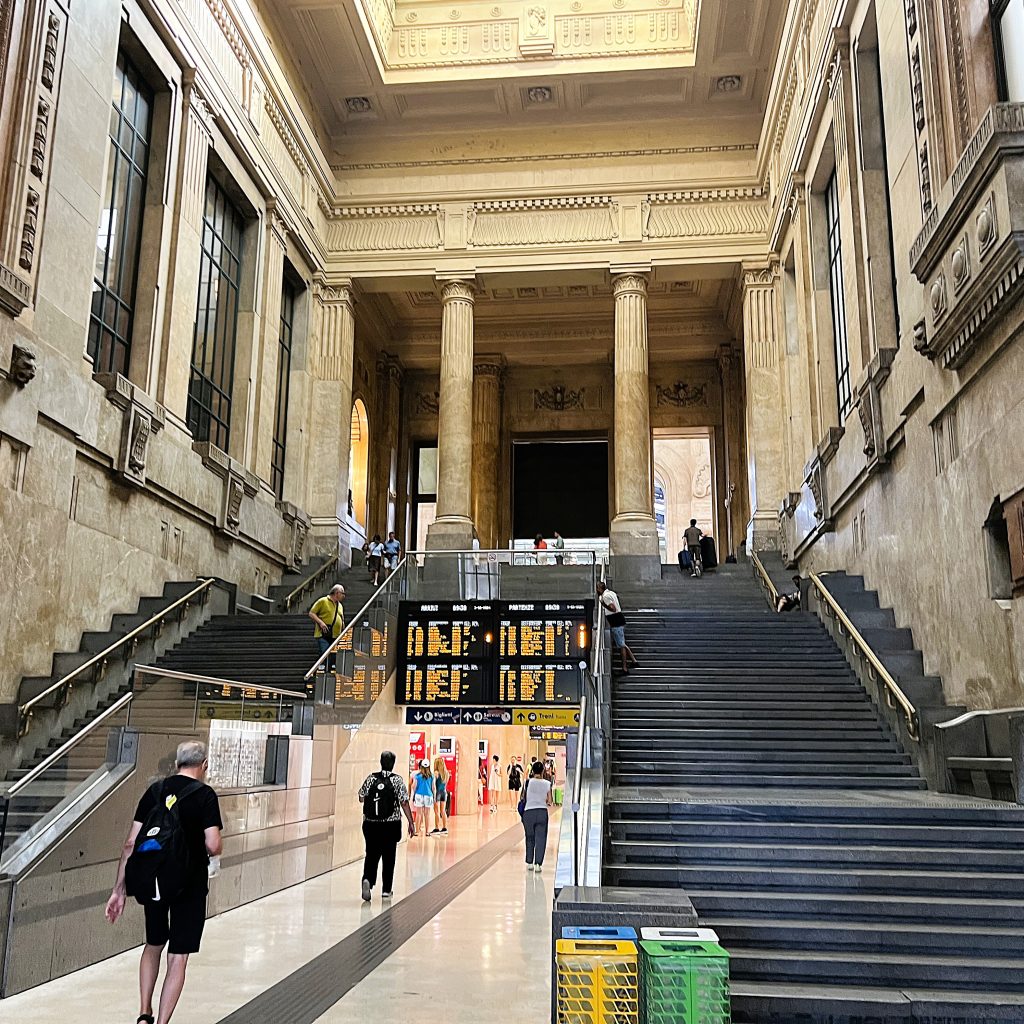Italy captivates first-time visitors with its timeless cities, hilly countryside, rich food culture, and ancient history around every corner. However, you might find a few things surprisingly different. I know I did. From leisurely dinners that stretch into the night to trains that don’t always run like clockwork, Italy dances to its own rhythm—and that’s all part of the charm. A few cultural quirks may surprise you, especially if you come from the United States.
From ordering your morning espresso at the bar to understanding why shops close in the afternoon, this guide will help you navigate your Italian adventure. Whether exploring ancient ruins or savoring your second gelato of the day, you’ll want to know what to expect—so you can soak it all in without stress.
Italian Time – An Overview
Part of the pleasure of vacationing in Italy is that everything feels more relaxed. For Italians prioritize spending quality time with family and friends over work and long to-do lists. You’ll find evening strolls, the passeggiata, to greet and chat with others in the community. I was surprised that this happened like clockwork every evening in my Bologna neighborhood at precisely 5:00 p.m.

Expect afternoon closures during the riposo. Stores and restaurants often close between 12:30 p.m. and 1:30 p.m. and remain closed until 3:00 p.m. or 4:00 p.m. Then, businesses typically stay open until about 7:00 p.m., while restaurants remain open later. This is a time for a long lunch, rest, and catching up with friends and family. In addition to closing for holidays, Sunday closures are also the norm.
Shopping in Italy

While planning your day, remember that the riposo hours affect when stores are open. While many stores close at midday, don’t panic, they’ll reopen later.
As an American, keep your receipts. The Value Added Tax (VAT) is refundable to tourists living outside the European Union, such as residents of the United States. Refunds are only available on goods, not services like meals or hotels.
What’s Worth Bringing Home?
Since I’m a foodie and a Michigan girl, where cherries abound, I ate a lot of Amarena cherries throughout Italy. In Bologna, I couldn’t resist stopping at the Fabbri shop, where I bought several blue and white jars filled with Amarena cherries. I especially loved the chocolate-covered ones. Other foodie finds I picked up throughout Italy included chocolate, olive oil, and wine.

If you love lemons, Sorrento, along the Amalfi coast, is where they make limoncello. Florence is famous for its handmade leather products. Murano is known for glassworks, and Deruta for hand-painted ceramics.
Italian Dining
Dining differences between the United States and Italy begin with the mealtimes. Mealtimes may be later than you’re accustomed to. Long lunches are typical, and dinner usually starts around 8:00 p.m. You may find restaurants closed if you arrive too early.
In Italy, water isn’t free. When ordering water, your server will ask, “Sparkling or still?” In both cases, your server will bring bottled water and charge accordingly.
Your server won’t automatically bring your check; you must ask for it. Use “il conto, per favore” for “the check, please.”
Once you receive your check, you may notice an item labeled coperto, a per-person fee found in many Italian restaurants, meaning a “cover charge.” This covers the charges for your table linens, flatware, and bread. Sometimes they itemize this as pane e coperto, meaning “bread and cover charge.” This charge goes to the restaurant, not the servers.
Tipping isn’t expected the same way it is in the United States. You may see an item labeled Servizio, or service charge, when you receive your check. Typically, this is about 10 percent; you don’t need to leave an additional tip if you find this on your bill. In casual restaurants, like trattorias, you can leave the small change or coins rounding up to the next euro if you pay in cash. If you pay with a credit card, it is best to carry some tips in cash as you may not find a tip line on the credit card signature receipt.
Italian Coffee Culture
Italians typically stand at the bar if you stop by a café for a cappuccino and cornetto. If you decide to sit, you may pay significantly more than if you stand. And as far as coffee culture goes, don’t expect to-go cups.

You may receive a disapproving look if you request a cappuccino after 11:00 a.m. in Italy. This coffee drink contains a significant amount of milk, which Italians believe interferes with digestion.
In Italy, caffè almost always means espresso, so to order, say, “Un espresso, per favore.”
Italian Transportation Tips
The best way to explore Italy’s small towns and cities is on foot. Walking is part of the experience, so pack cobblestone-friendly shoes.
In Italy, walking-friendly cities have ZTLs—Zona a Traffico Limitato (Limited Traffic Zones)—restricted areas in many city centers that only authorized vehicles can enter during certain hours. They’re designed to reduce traffic congestion and pollution, especially in historic city centers. The hours are weekdays and Saturdays, usually from 7:00 a.m. or 8:00 a.m. until 6:00 p.m. or 8:00 p.m. The hours vary according to the city and zone.
Some towns have 24-hour ZTLs, while others are restricted only on weekends or evenings. Cameras automatically record your license plate if you enter during restricted hours, and you’ll receive a fine via mail. This will also explain why taxis aren’t always able to go directly to the door of the address you requested.

The best way to travel between cities is by train. Italy offers two types of trains: regional and high-speed. When traveling on trains, you must remember to validate your ticket at a kiosk after you buy your ticket but before boarding the train. If you forget, you could be fined.
Italian Money Matters: Cash and Cards
Italy’s currency is the euro. Before leaving home, I exchanged some of my US dollars for euros. This eliminated the concern of not having cash in local currency when I landed. You can use your debit or card to withdraw euros at local ATMs; however, check your card’s foreign transaction fee rate to avoid surprises.
Credit cards are widely accepted throughout Italy. Italian law requires businesses to accept electronic funds, including credit cards. This also includes taxis, but I always check before getting into a cab. Visa and Mastercard are the most widely accepted, with fewer places accepting American Express and Discover. For points, I prefer to use my American Express, but I always carry a backup Visa card to be ready when businesses don’t accept American Express.

Cash is still king, especially in small or rural towns, small family-run businesses, markets, for small purchases, and tips. Always carry some cash for these instances.
Italian Language Tips
Many Italians understand or speak some English. But remember, when in Italy, do as the Italians do and speak some Italian. You’ll find many apps, such as Babbel and Super Duolingo, to assist you in learning some basic Italian phrases. I spent about a year before my trip learning with Super Duolingo. While those 15 minutes a day didn’t make me fluent in Italian, I could understand signs and basic Italian, making my trip more fun and less stressful.
Buongiorno and grazie mille can go a long way and open more doors than you’d think. Don’t hesitate to point and gesture or use Google Translate when the worst comes to the worst. It’s all part of the fun.
Electrical Plugs Used in Italy
Italy utilizes a standard voltage of 230V at a frequency of 50 Hz. Check your device’s power brick or label for voltage compatibility. It should say, “Input: 100 – 240V.” Most modern electronics, such as phones, laptops, and cameras, are dual-voltage and only require an adapter, not a converter.
Be careful with hair dryers and electric toothbrushes. They are not rated for 220–230V and will require a converter. I use the hotel’s hair dryer and a manual toothbrush to avoid any voltage issues.
The primary types of power plugs and sockets are Type L (three round pins), Type F (two round pins with grounding clips), and occasionally Type C (two round pins, primarily for low-power devices).
Final Italian Travel Tips
Embrace the unexpected. Trains may be late, tours may be cancelled, Italian travel is full of surprises—lean into them. Remain flexible to avoid stress. It makes all the difference.
Buy travel insurance to help defray the costs of any additional expenses you might encounter due to these surprises. It will set your mind at ease.
These tips will help you navigate Italy with ease. Traveling in Italy is more than a vacation; you’re making memories.




Super article, Amy!
Super article, Amy